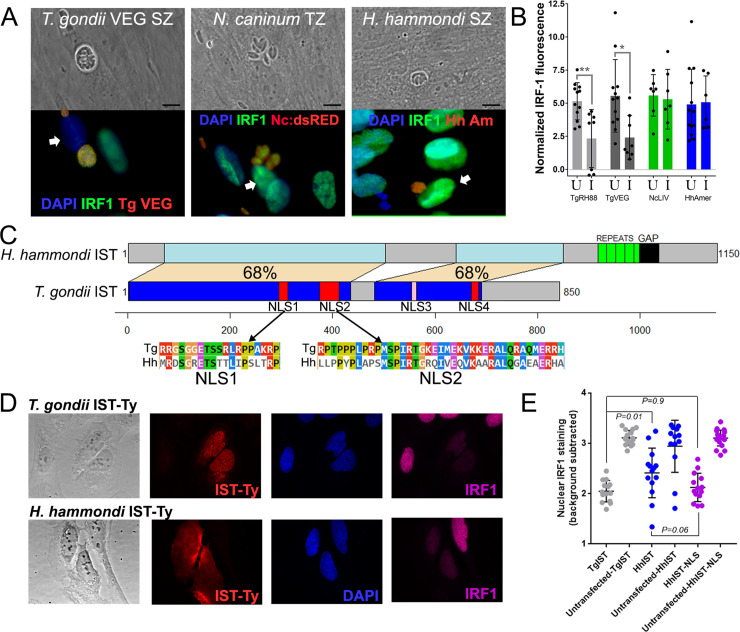Fig 8. H. hammondi IST lacks suppressive activity compared to T. gondii IST due to differences in putative NLS sequences and localization in the host cell.
A) In contrast to T. gondii, H. hammondi and N. caninum infection fails to suppress IFNγ-induced IRF1 activation. Representative images are shown for each species, and the white arrowhead indicates the likely nucleus of the infected cell. As expected T. gondii infected cells have reduced IRF1 staining compared to uninfected neighboring cells while cells infected with N. caninum or H. hammondi have similar IRF1 nuclear staining as uninfected bystander cells. (B) Quantification of IRF nuclear staining in cells infected with each indicated species (I) and uninfected bystander cells (U). T. gondii infection (strains RH88 and TgVEG) significantly reduced IFNγ-induced IRF1 nuclear staining while infection with N. caninum and H. hammondi did not. (C) Schematic of the predicted IST protein coding sequence gene from T. gondii and H. hammondi, showing conserved (blue and light blue connected by tan) and non-conserved (grey) regions of the predicted proteins. Putative NLS sites are indicated in red or pink, and were only found in T. gondii IST (not H. hammondi IST). H. hammondi has a longer predicted protein that includes repetitive sequence (green) and a sequence assembly gap (black). (D) Ectopic expression of Ty-tagged T. gondii and H. hammondi IST in U20S cells showing primarily nuclear staining for TgIST-Ty in contrast to cytoplasmic and nuclear staining for HhIST-Ty. Cell expressing TgIST and HhIST show reduced IRF1 staining in the nucleus after IFNγ treatment. (E) Quantification of nuclear IRF1 staining in IST-expressing cells and neighboring bystanders lacking IST expression. Constructs were TgIST-Ty, HhIST-Ty and HhIST-NLS-Ty (Ty-tagged WT HhIST with a C-terminal NLS). Inclusion of an NLS on the C-terminus of H. hammondi IST increased its ability to suppress IRF1 induction by IFNγ treatment compared to HhIST-Ty.

